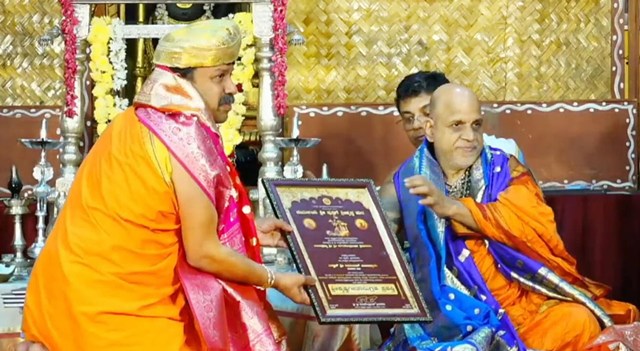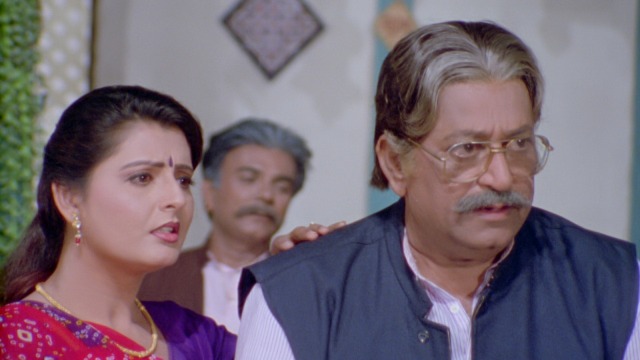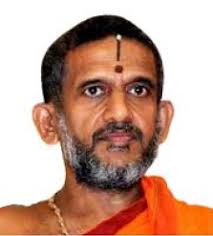ವಿಕಸಿತ ಭಾರತ ಯಂಗ್ ಲೀಡರ್ಸ್ ಡೈಲಾಗ್ 2026’ರಲ್ಲಿ ಪಾಲ್ಗೊಳ್ಳಲು ಕಾರ್ಕಳದ ಮನು ಶೆಟ್ಟಿ ಇನ್ನಾ ಆಯ್ಕೆ
ಉಡುಪಿ ಪರ್ಯಾಯ ಮಹೋತ್ಸವಕ್ಕೆ ವಿಶೇಷ ಅನುದಾನ ಜಿಲ್ಲಾ ಉಸ್ತುವಾರಿ ಸಚಿವರಿಗೆ ಅಭಿನಂದನೆ ಸಲ್ಲಿಕೆ
ಕುಟುಂಬದಿಂದ ನಿರ್ಲಕ್ಷಿಸಲ್ಪಟ್ಟ ಅಸ್ವಸ್ಥ ಮಹಿಳೆಯ ರಕ್ಷಣೆ
ಜ. 10 ರಂದು ಪ್ರತೀ ಮನೆ-ಮಂದಿರಗಳಲ್ಲಿ ದೀಪಬೆಳಗಿಸಿ ಪ್ರಾರ್ಥಿಸಲು ಕರೆ
Special support for Udupi Paryaya Mahotsava, Ramesh Kanchan thanked the district in-charge minister
ಅಕ್ರಮ ಚಪ್ಪಡಿ ಶಿಲೆ ಕಲ್ಲು ಸಾಗಾಟ : ಲಾರಿ ಸಹಿತ ಚಾಲಕ ವಶಕ್ಕೆ
ಪರ್ಕಳ.. ಮಂಜು ಮುಸುಕಿನ ವಾತಾವರಣ ಅಪಘಾತ.. ರಿಡ್ಸ್ ಕಾರ್ ಜಖಮ್.
IN Final Journey Of Prescilla Quadros (83 Years) | LIVE From Kemmannu | Udupi

Obituary: Prescilla Quadros (83 Years), Kambla thota, Kemmannu

289th Wilfynight at Milagres Church Ground, Kallianpur on 21st. Jan

Vespers 2026 | Mount Rosary Church, Santhekatte | Udupi

Annual Church Feast 2026 | Mount Rosary Church, Santhekatte | Udupi

Final Journey of Cecilia Menezes( 88 Years ) | LIVE From Kemmannu | Udupi

New year Mass | St. Theresa Church, Kemmannu | Udupi

Christman Mass | St. Theresa Church, Kemmannu | Udupi

Silver Jubilee Rev. Bishop Gerald John Mathias and Golden Jubilee Rev. Sr. Jaya Mathias, Milagres, Udupi
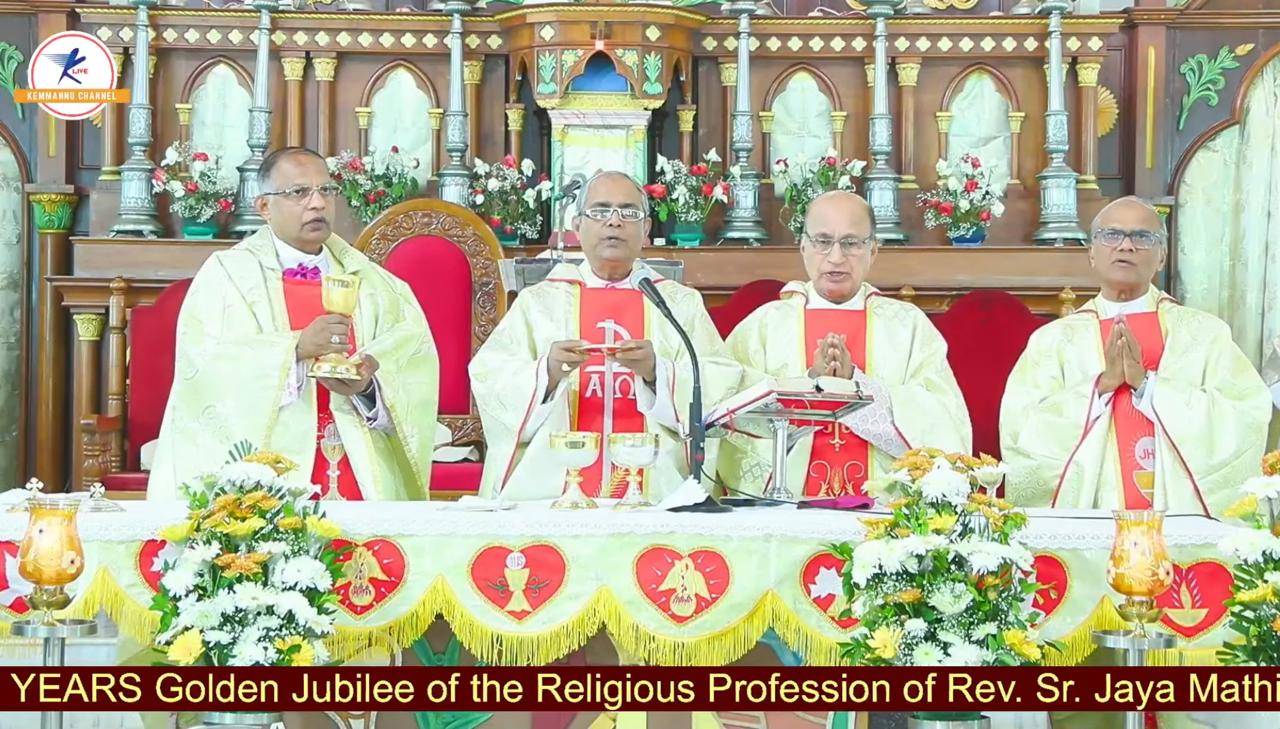
Annual Day Calebration 2025 | Carmel English School, Kemmannu

Final Journey Of Francis Paul Quadros (59 Years) | LIVE From Udupi

Final Journey of Sudeep Sebastian Gordon Martis (55 years) | LIVE from Kalmady

Final Journey of Tyron Pereira (57 years) | LIVE from Kalmady, Udupi

Final Journey of Lawrence M Lewis (82 years) | LIVE from Milagres, Kallianpur, Udupi

Final Journey of Salvadore Fernandes (76 Years) | LIVE from Shirva | Udupi

Land/Houses for Sale in Kaup, Manipal, Kallianpur, Santhekatte, Uppor, Nejar, Kemmannu, Malpe, Ambalpady.

Focus Studio, Near Hotel Kidiyoor, Udupi


Earth Angels - Kemmannu Since 2023

Kemmannu Channel - Ktv Live Stream - To Book - Contact Here

Click here for Kemmannu Knn Facebook Link
Sponsored Albums
Exclusive
Annual Day Celebrated at Carmel English School, Kemmannu

Save Swarna River By Dr Gerald Pinto, Kallianpur

Udupi: Cooking without fire competition at Kemmannu Church [Video]

A ‘Wisdom Home of Memories’, a heritage Museum in Suratkal, Mangaluru

Celebrating 50 Years of Devotion: Iconic Konkani Hymn Moriye Krista Maye Marks Golden Jubilee
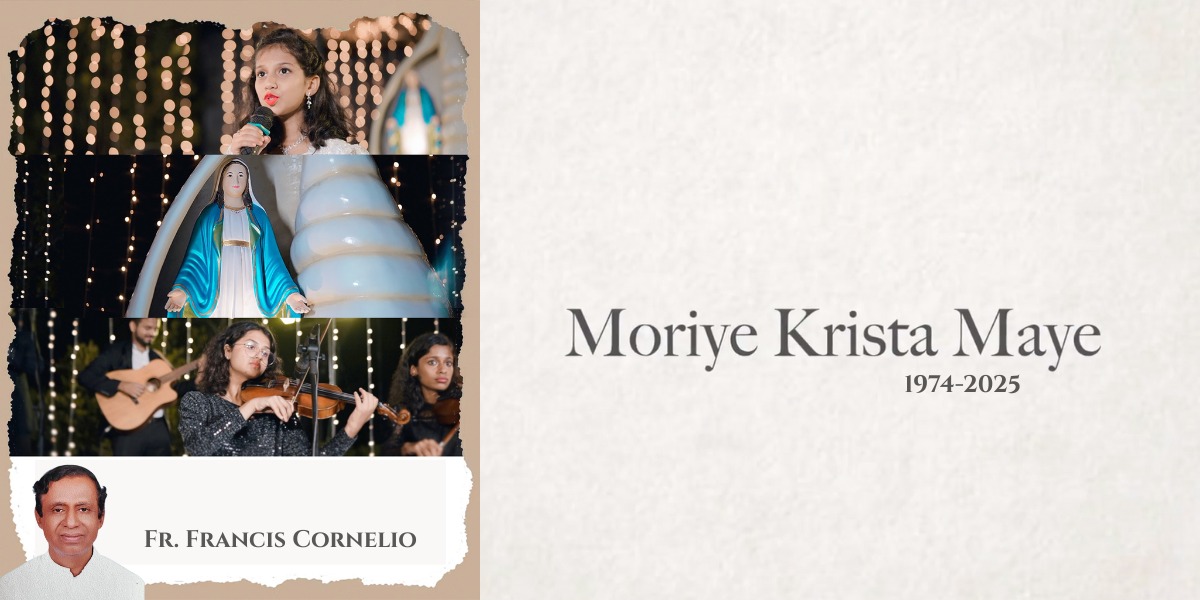
Arrest of Nuns’ at Chhattisgarh - Massive Protest Rally in Udupi Echoes a Unified Call for Justice and Harmony [Video]

MCC Bank Inaugurates Its 20th Branch in Byndoor

Mog Ani Balidan’ – A Touching Konkani Novel Released at Anugraha, Udupi [Photographs updated]

Milagres Cathedral celebrates Sacerdotal Ruby Jubilee of Mngr Ferdinand Gonsalves and Parish Community Day with grandeur

 TODAY -
TODAY -





